How can low-threshold wallets gain incremental market share in the next phase?
Author: Ivy Zeng, Youbi Capital
1. Wallets face homogenized competition and need differentiation
Wallets connect users, developers, DApps, and multiple chains, serving as the "hub" of the Web3 world. As the UI closest to users, the critical role of wallets is undeniable.
However, current wallet products are severely homogenized, with features like multi-currency, multi-asset, multi-chain, multi-signature, multi-DApp access, and instant exchange becoming basic configurations. The market's understanding of methods to achieve no mnemonic phrases (MPC, Account Abstraction) has also become similar. For most wallet projects, if they want to explore new opportunities, they need to find new directions and differentiate their positioning.
Wallet differentiation can be achieved through segmentation.
If segmented by risk control, wallets are evolving hierarchically based on different capital volumes. Accounts with large capital volumes may lean towards multi-signature and hardware wallet control extremes. Low-risk daily expenditures can be managed using mobile biometric technology for usage and recovery.
If segmented by scenario, they can be divided into hardware wallets, asset management wallets, mobile wallets, browser wallets, and wallets embedded in DApps in the form of SDKs.
If segmented by user profile, they can be categorized into developer-friendly wallets, such as MetaMask; asset management wallets for organizations or institutions, like Safe and Safeheron; trade-centric TradeFi wallets, like TokenPocket, Zerion, and C98; and the subject of this article—Web3 beginner-friendly low-threshold wallets.
Low-threshold wallets (defined as wallets that introduce new users using Web2 login, authentication, and default custody methods) are key to breaking the conversion bottleneck. To achieve large-scale adoption of Web3, users must be introduced in a way that is easy for them to understand, thereby increasing the conversion rate from Web2 to Web3.
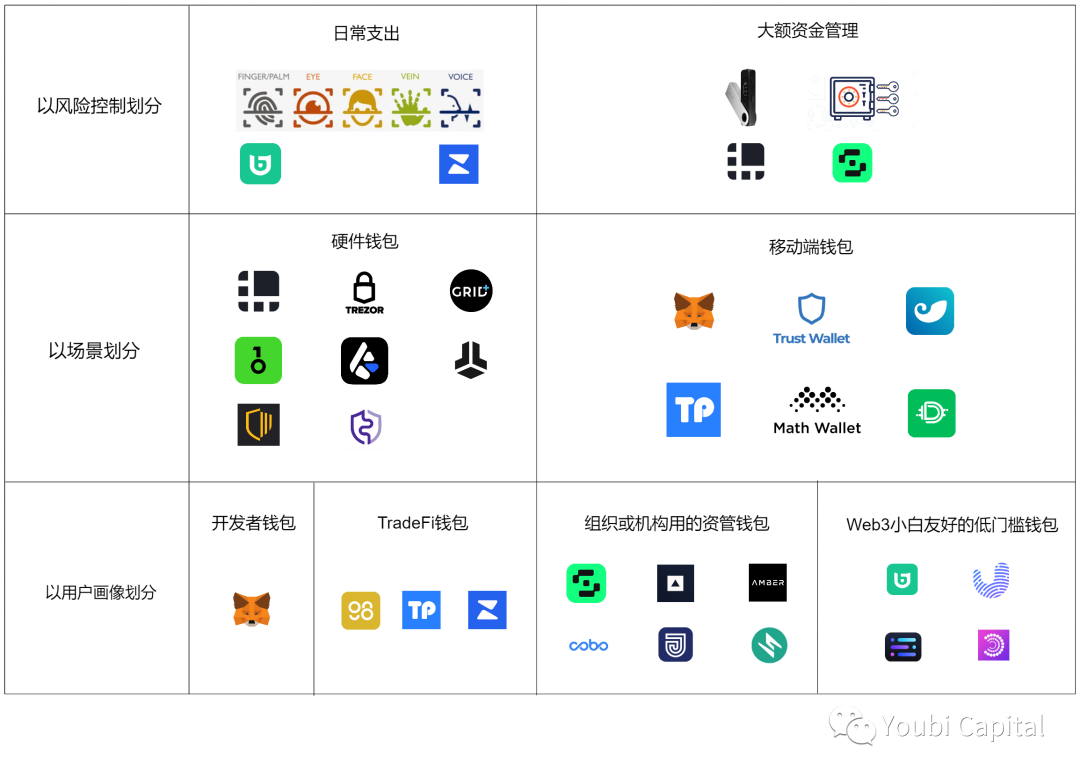 Figure: Wallet Differentiation Positioning
Figure: Wallet Differentiation Positioning
2. Which products captured the market in the last phase? What features made them successful?
2.1 Which low-threshold wallets performed well in user data?
Low-threshold wallets can also be further segmented by their scenarios: wallets appearing as standalone apps or integrated into other DApps as SDKs, such as:
- Mobile wallets: TokenPocket, Zerion, Bitizen
- Login and wallet middleware solutions: Particle Network, Web3auth
2.2.1 Mobile Wallet TokenPocket
TokenPocket is a multi-chain self-custody wallet focused on mobile, supporting all EVM-compatible chains, with intuitive front-end interaction and ease of use. As the crypto industry has evolved through different stages, TokenPocket's positioning has shifted from a simple functional wallet tool and traffic entry point to a public chain ecosystem service platform, featuring:
- Simple cross-chain exchange, trading, and asset management via the mobile app
- Refined front-end interaction experience for multi-chain operations/quick chain addition, easy access to DApps, easy node switching, and easy token addition
- Integrated DApp browser that can access any DApp link
- The mobile app can aggregate a large amount of market content, enhancing user stickiness
- Supports EOA and contract wallet multi-signature
TokenPocket Development Path
- In 2017, TokenPocket was positioned as a mobile wallet, aiming to improve basic functionalities
- From 2018 to 2021, during the DeFi explosion, TokenPocket adjusted its strategic positioning to become a DeFi traffic entry point, focusing on DeFi market trends, DApp browsers, and custom networks for ETH-compatible chains, 1) serving leading public chains (such as ETH, BSC, Solana, Polygon, Polkadot, Tron, EOS, etc.) and DeFi projects (such as Uniswap, Sushiswap, YFI, etc.); 2) as the first wallet to locally optimize DeFi projects like Uniswap, launching a DeFi channel and supporting K-line fluctuations.
- From 2021 to present, in the era of DApp explosion, TokenPocket's positioning is: Web3 ecosystem entry point, multi-ecosystem service platform; product strategy: a trinity of wallet products (mobile, plugin, hardware wallet) + on-chain products (Degrees Transit Swap, TransitNFT)
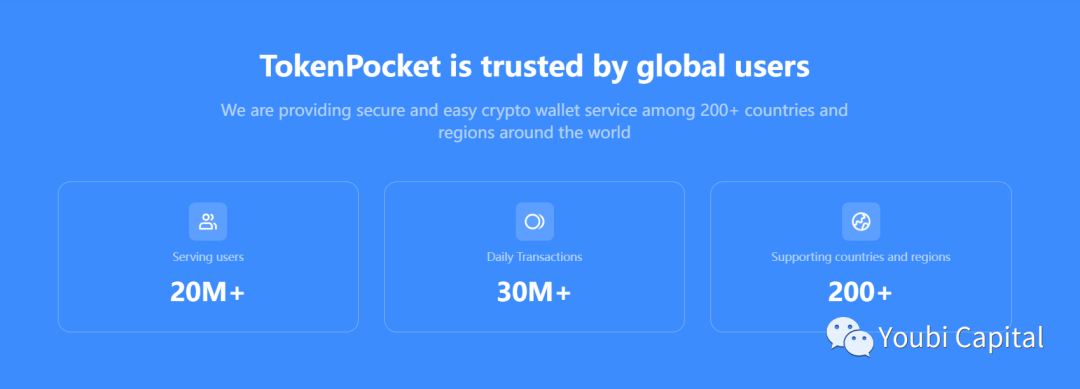
2.2.2 Mobile Wallet Zerion
Zerion is an open-source mobile wallet known for its watchlist (monitoring address transactions) feature.
Zerion Development Path
Zerion's previous positioning was as an on-chain data analysis service—"Track your entire crypto portfolio across every wallet you own." However, after falling behind competitors in on-chain data analysis, Zerion shifted its focus to the mobile wallet space. Zerion sourced data APIs externally and redirected its efforts from on-chain data analysis to product optimization.
Zerion has achieved user-friendliness in terms of UI, interoperability, efficiency, cost, security, and privacy; in terms of functionality, the watchlist feature continues to leverage wallet address tracking advantages, addressing deep conversion and stickiness. For C-end users, Zerion has achieved a low threshold: creating a wallet without barriers, followed by backing up the seed phrase, and providing risk warnings in an easy-to-read dialog box, completing user education, with fingerprint and password login providing sufficient security perception.
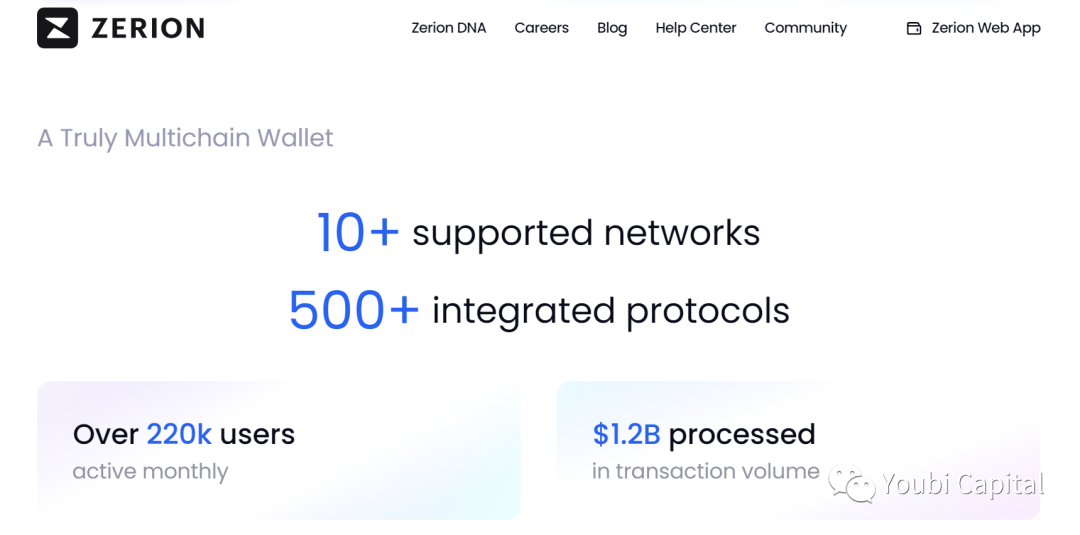
2.2.3 Mobile Wallet Bitizen
Bitizen is a mobile MPC wallet known for its login security and private key security.
Bitizen Development Path
Bitizen has evolved rapidly, both in terms of product evolution and go-to-market speed, from an initial no-mnemonic pure MPC + biometric mobile wallet to a form resembling a Web3 ecosystem entry point. The product is simple and direct, with a slightly simplified DApp browser function, but still very user-friendly, with FaceID + fingerprint login providing users with sufficient security perception.
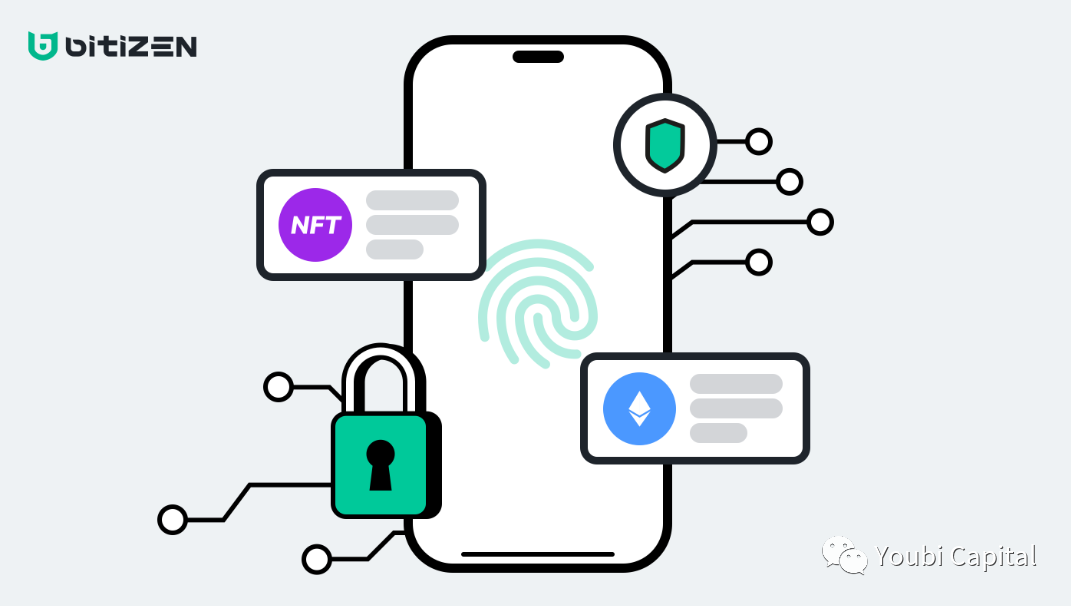
2.2.4 SDK Wallet Particle Network
Particle Network positions itself as a login and wallet middleware platform.
Managing multiple addresses across multiple chains can be visualized as follows: with the left hand holding wallets on many chains and the right hand having various operational needs, each operation feels like finding the right wire and corresponding plug on a cluttered desk, as complex as operating precision instruments. Now, Particle plays a hub-like role—managing multi-chain assets and various transaction operations with one account, allowing users to operate without understanding the underlying chains, simply by connecting to the Particle SDK.
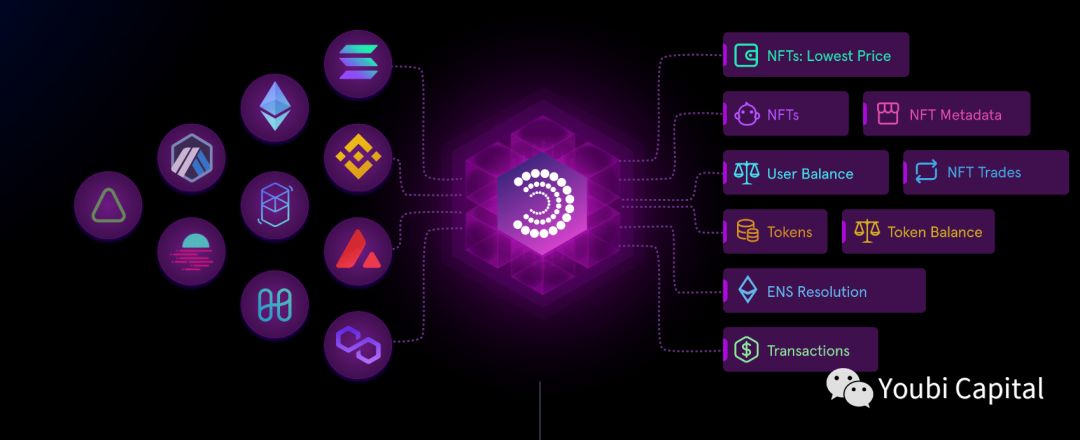
2.2 What needs do they meet for users? What are the optimized features?
Mobile wallets directly face C-end users, whose needs boil down to three points: security, usability, and earning returns.
- Security is always the top priority for all users (transaction security + account security).
- Usability refers to product experience, encompassing both the usability of the core transaction path and the front-end interaction experience.
- Earning returns can be understood as "saving gas" and "investment returns."
SDK wallets operate on a 2B2C business model.
First, reducing understanding and operational costs. Users do not need to understand the underlying chains; they can operate simply by connecting to the SDK. Second, reducing the time for project parties to enter the market, allowing developers to focus on business growth. The comprehensive product features provided by Particle SDK have reduced the average GTM time for DApp project parties by 82%. For example, the fiat deposit and withdrawal API frees DApp project parties from cumbersome compliance, licensing, KYC, etc. Additionally, reducing user learning costs. Users can log in using email OTP without needing to manage a seed phrase.
While wallets face C-end users, most novice users will inevitably encounter wallets through B-end—users will register whatever wallet is defaulted by the B-end, making it crucial to serve the B-end well.
Although Particle Network and Web3Auth have different business modules, they are essentially SaaS. For SaaS, the top three demands from clients are: product functionality, ease of use, and security assurance capabilities along with related service capabilities.
- Product functionality
- Basic wallet functions: such as querying asset transfers, fiat deposits and withdrawals, in-wallet swaps, DApp browsers, ecosystem entry points, market data, etc.
- Project management features: visual panel management for projects, data tracking and analysis, etc.
- Ease of use refers to the ease of integration for B-end developers.
- Security assurance capabilities
- Asset security: for custodial wallets, custodial assets represent a heavy responsibility for the app; for non-custodial wallets, the wallet needs to provide users with sufficient security warnings and education.
- Transaction security: when signing transactions, the wallet should provide human-readable warnings, giving users enough information to decide whether to sign the transaction. Figure: Security plugin KEKKAI simulates transactions, providing human-readable transaction warnings.
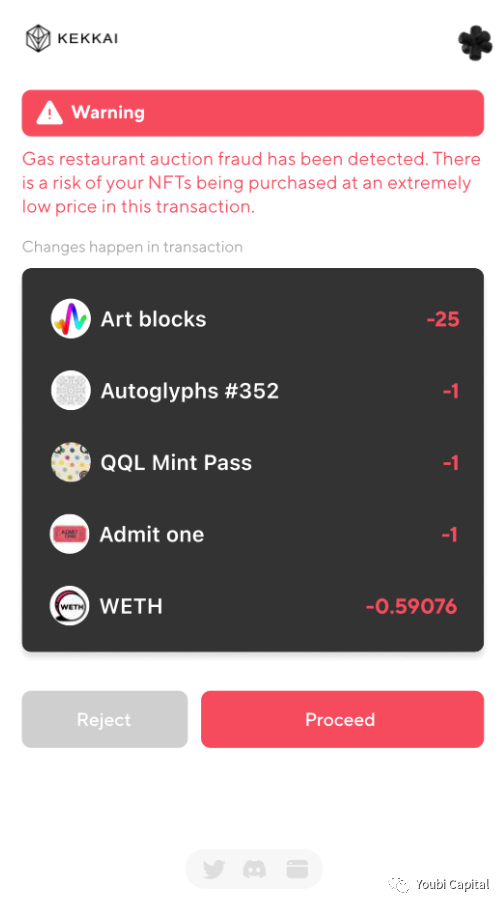 Figure: Security plugin KEKKAI simulates transactions, providing human-readable transaction warnings.
Figure: Security plugin KEKKAI simulates transactions, providing human-readable transaction warnings.
- Service capability is an increasingly valued aspect by B-end DApps. This mainly refers to the ability to quickly resolve issues, continuously update features, and maintain and resolve vulnerabilities.
2.3 What key successes can be summarized from the last phase?
Entering niche markets and occupying unique ecological positions. For example, TokenPocket focuses on mobile DeFi interactions, enhancing user stickiness with rich DeFi content, public chains, and protocol ecosystems, becoming a Web3 ecosystem entry point on mobile; Zerion leverages its watchlist advantage to quickly occupy a DeFi wallet ecological position; Web3Auth focuses on providing Auth modules; Particle positions itself as a platform middleware.
Staying close to the market, gaining insights into user needs, and following trends. For instance, TokenPocket captured the needs of the crypto industry across three phases: improving basic functionalities in 2017, serving leading public chains and DeFi protocols from 2018 to 2021, and after 2021, meeting user demands for Web3 ecosystem entry points and multi-ecosystem service platforms following the DApp explosion. Similarly, for SDK wallets, B-end projects focus on rapid GTM, hoping for easy integration of SDKs and high customization of wallet UIs.
Valuing sales/after-sales service. Sales/after-sales service is also part of product competitiveness, enhancing user stickiness. For example, the founder of TokenPocket is very active in interacting with users in forums and communities, as C-end users of mobile wallets provide more frequent and detailed feedback, requiring more granular and timely responses.
Finding key individuals to open up the market. As middleware, wallets need talent in developer relations. For example, actively establishing cooperative relationships with developer community leaders to drive traffic, gain insights into developer needs, and build partnerships with more DApps to stay close to the market.
Strong product capabilities support and establish brand advantages. Enhancing user stickiness through product capabilities attracts developers to use the wallet and builds a rich ecosystem, creating network effects and strengthening market dominance.
3. How will wallets gain incremental markets in the next phase?
The long-term strategy for wallet products is to quickly capture market demand, acquire B-end users, form a product closed loop, and achieve sustainable product and service iterations through revenue, financing, and demand, thereby enhancing the brand and widening the gap with competitors.
Specifically, low-threshold wallets can approach incremental markets from dimensions of usability, sales service, and branding.
3.1 Usability
3.1.1 Developer-friendly
SDK wallet projects need to be developer-friendly, reducing the time for developers to go to market and eliminating cumbersome onboarding processes, allowing DApp developers to focus on business growth. Developer-friendliness includes compatibility, flexibility, and ease of use.
- Compatibility refers to compatibility with multiple chains.
- Flexibility refers to the high degree of customization of the wallet, particularly in custom UI. For example, many mobile games are landscape-oriented, while most mobile wallets are portrait-oriented. If a portrait login interface pops up in a landscape game, it can be very uncomfortable for users, making custom UI very important. Developers also require wallet SDKs to have basic visual materials, ideally providing foundational building blocks for developers to redesign based on application needs.
- Ease of use means that the SDK integration process is simple and the interface is user-friendly. Ideally, new developers transitioning from Web2 to Web3 can easily integrate.
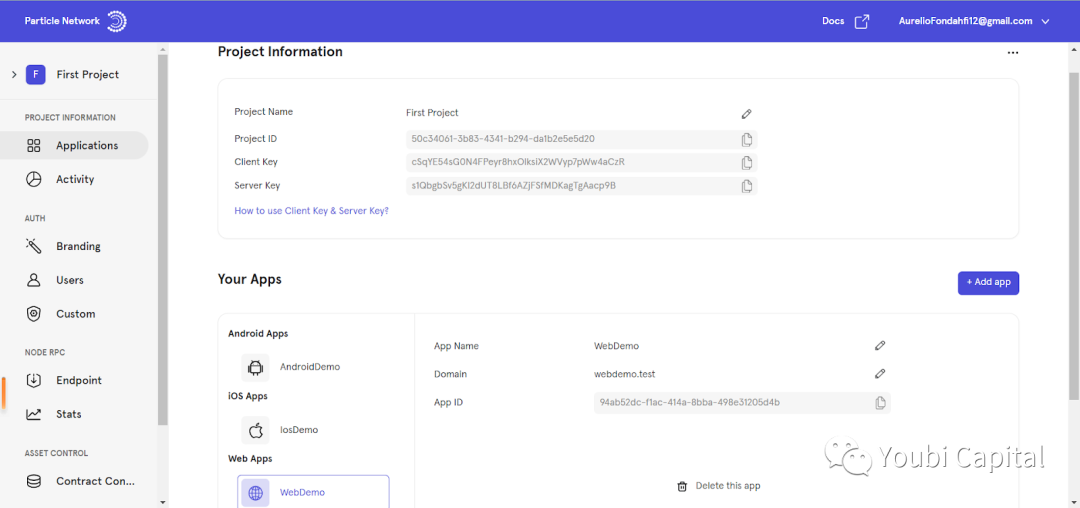 Figure: 2B SaaS Dashboard https://dashboard.particle.network/#/project/all
Figure: 2B SaaS Dashboard https://dashboard.particle.network/#/project/all
(Including sub-project management, custom UI, user tracking, etc.)
3.1.2 C-end friendly
For Web3 novice users or retail investors, it is essential to lower the wallet usage threshold from a product manager's perspective. After all, the technical implementation of applications is not meant to challenge developers but to genuinely consider users' pain points.
The pain points for novice users typically include single point of failure and transaction risks. Single point of failure refers to the high risk of wallet theft due to poor mnemonic phrase management. High transaction transfer risks refer to the public key address being a string of unreadable characters, and the signed transaction message also being unreadable, leaving users often unaware of what they have signed or authorized.
To address these issues, the following solutions can be implemented:
First, reduce user learning costs, specifically including no-mnemonic wallets or directly using custodial solutions in the early stages, upgrading to self-custody solutions once users have sufficient wallet and risk management knowledge. The design of the smart contract wallet Unipass alleviates users' mnemonic worries while providing a broad choice from custodial to self-custodial.
Second, reduce users' risk control costs. Addressing this issue requires built-in security modules in the wallet that provide risk warnings, such as parsing transaction information, intercepting suspicious transactions, simulating and displaying the results after signing, and providing users with enough information to decide whether to continue signing, thus avoiding fraud and phishing.
Additionally, reduce users' recovery costs. EOA wallets do not have the ability to change private keys; however, smart contract wallets can change control addresses. For example, the address of a smart contract wallet does not correspond to a private key, allowing users to transfer control of the contract to a MetaMask address, similar to the use of Gnosis Safe with a 1-1 single signature method. The smart contract wallet UniPass can recover accounts through email social recovery [1].
3.2 Sales/After-sales Service
Sales/after-sales service also reflects product capabilities. After accumulating enough common questions and a certain number of users, sales/after-sales service can be productized. By providing quality service and timely responses, user reputation can be built.
3.3 Branding
Brand strength can be roughly assessed based on existing user numbers, transaction volumes, the number of cooperative DApps, and existing investment institutions. Enhancing brand strength can improve retention of existing users, attract new users, lower sales costs, build ecosystems, and create competitive barriers. Here are some initiatives that may enhance brand strength:
First, actively form interest-binding relationships with well-known partners. Specifically, tokens can be used as tools to bind interests with B-end. For example, wallet project parties can distribute their governance tokens as rewards to DApp project parties, incentivizing DApps to bring in more new registered user addresses/active trading user addresses. A user data-sharing interest mechanism can also be established, providing tiered data analysis services to enhance user loyalty and professional quality, opening up new value capture. Based on the wallet's direct connection to users and DApps, establishing a data co-creation and sharing mechanism with users, providing general, professional, and tiered data analysis services to data users, and offering data analysis API services to developers can help convert users into community co-creation partners, aggregating professional data users and opening up new value capture paths. For example, TP converts users into community co-creation partners "TP Heroes," forming a fan-like relationship with user groups and deepening community connections.
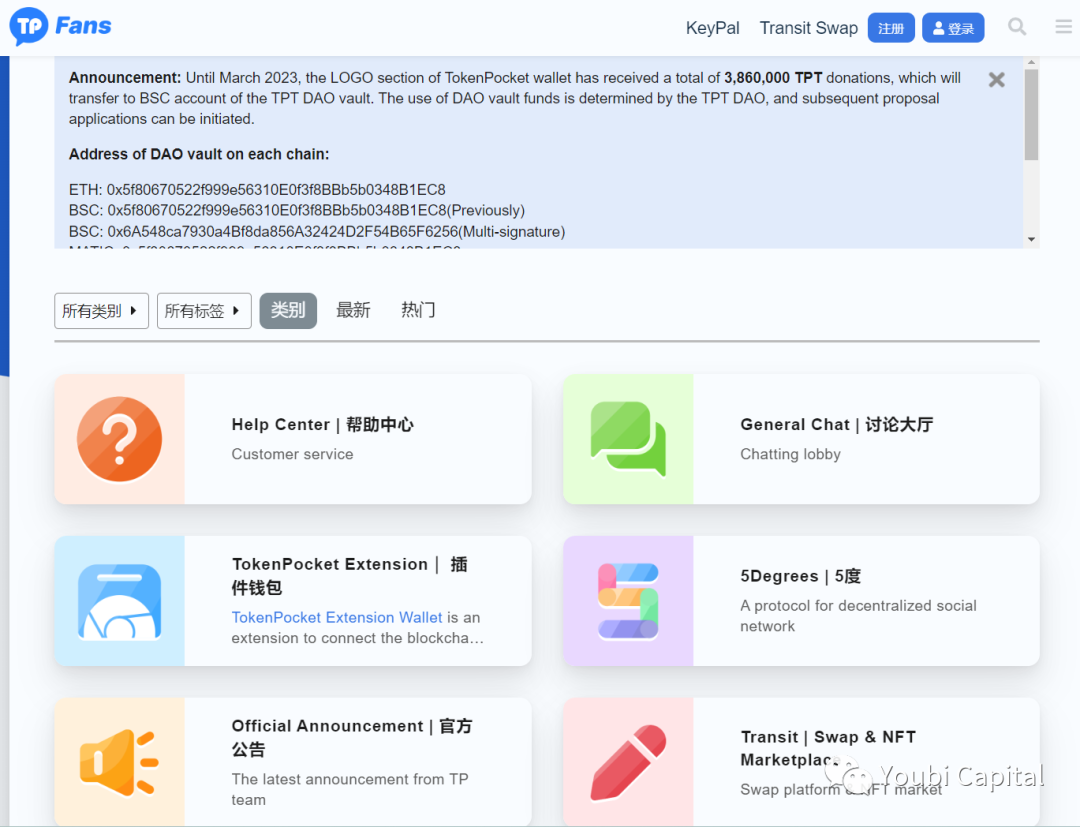 Figure: TokenPocket Community https://fans.tokenpocket.pro/
Figure: TokenPocket Community https://fans.tokenpocket.pro/
Second, strengthen social attributes, accumulate user data, enhance user stickiness, drive network effects, and respond to homogenized competition. If Edge and Chrome inherit EOA wallets, MetaMask lacks a moat, as the migration cost for EOA wallets is extremely low. Compared to EOA wallets, contract wallets can continuously accumulate user (both financial and non-financial) data; the more data accumulated on an account, the more valuable that address becomes to users, increasing user stickiness and migration costs. Additionally, contract wallets will play an important role during user growth phases, such as through KOL unique chains to track advertising effectiveness. It is foreseeable that smart contract wallets can accumulate user data, enhance user stickiness, and create network scale effects, gaining advantages in homogenized competition.
Third, develop a self-ecosystem service platform around wallets in the future. When systems become imperceptible through modularization and high API abstraction of complexity, they can build foundational service frameworks for various applications, following a development path similar to that of the Android system. For example, Safe provides an open-source Account Abstraction SDK, and there is a trend for Account Abstraction modules to become public products in the future. Safe is gradually shifting towards a modular, extensible account protocol, supporting shared plugin interfaces to integrate with other wallets and solutions, creating a complete protocol layer [2].
4. Conclusion and Outlook
Looking back at the products that performed well in the last phase, mobile wallets enhanced user stickiness through product strength and content. The characteristics of SDK wallets (such as MPC, TEE technology can be obtained through procurement, and Account Abstraction open-source SDK becoming public products) have led to a convergence in market understanding. Therefore, SDK wallets compete based on B-end cooperation capabilities and service capabilities before and after sales.
In the next phase, compared to EOA, we believe that contract wallets with richer basic functionalities have unique advantages. They can enhance social attributes, accumulate user data, increase user stickiness, and drive network effects to respond to homogenized competition. Thus, contract wallets that are branded, easy to integrate, well-supported technically, upgradable, and capable of accumulating user data will prevail.
References:
[1]https://lay2.notion.site/CEBG-Q-A-3a350e55e0cb4c7cbebb565ff78ef35b
[2]https://safe.mirror.xyz/P83_rVQuUQJAM-SnMpWvsHlN8oLnCeSncD1txyMDqpE











